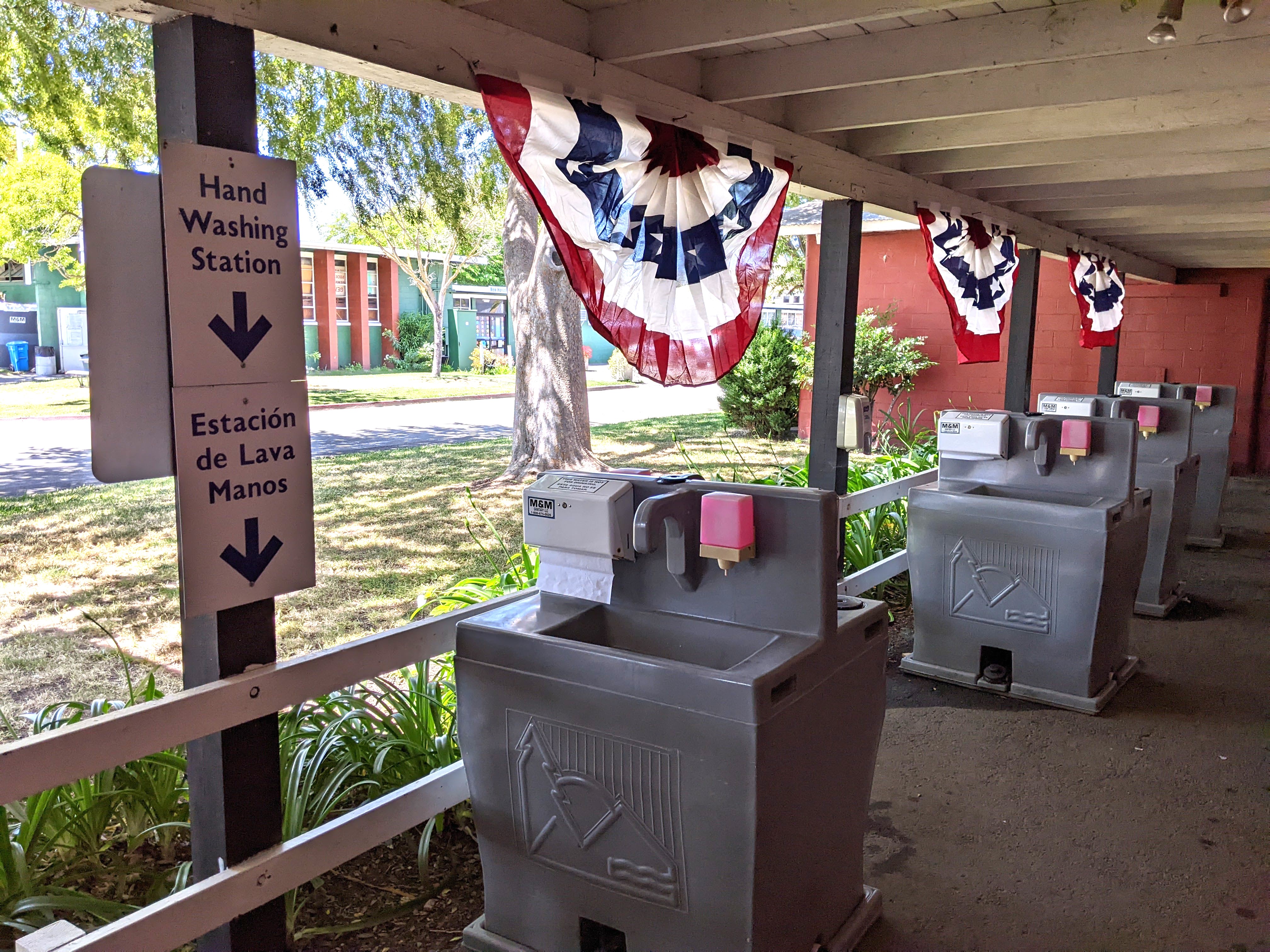Who is this toolkit for?
This toolkit is designed for use by officials at city and county local health departments (LHDs) in California. Secondary users of the resources in this toolkit include local fair management, fair organizers, animal exhibitors, fair staff, and members of the public visiting a fair or petting zoo.
When and where should this toolkit be used?
Fairs typically operate in spring, summer, and fall in California. LHDs should start using the resources in this toolkit about 2–3 months in advance of a fair’s opening. This will allow for adequate time to connect and collaborate with local fair management and other key partners to assess and plan for zoönotic disease prevention.
While the toolkit may help LHDs to initiate conversations with fair management, CDPH strongly encourages local public health officials to meet in-person with fair managers and operators at the fairgrounds to jointly review the guidance and best practices advocated in these resources.
How should this toolkit be used?
 Many resources in this toolkit are best used by downloading, printing, and using on-site, such as during inspections and walk-throughs at fairs and petting zoos. To foster ongoing collaborations, LHDs should consider providing both digital
and printed copies to fair managers for use when assessing animal exhibits and venues together.
Many resources in this toolkit are best used by downloading, printing, and using on-site, such as during inspections and walk-throughs at fairs and petting zoos. To foster ongoing collaborations, LHDs should consider providing both digital
and printed copies to fair managers for use when assessing animal exhibits and venues together.
Toolkit Contents
Note: LHDs may co-brand toolkit resources.
If using Microsoft Edge, right-click and select "Save link as" to download template files (.DOCX and .PPTX).